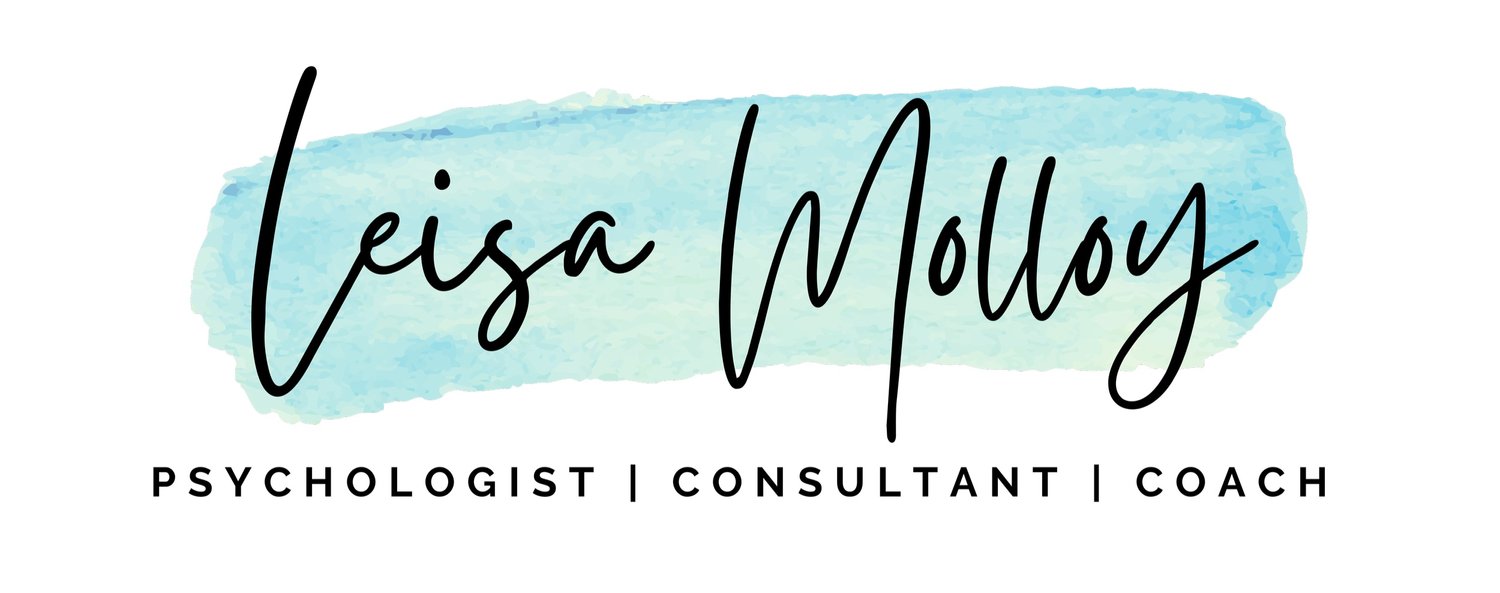What Stories Are You Telling Yourself? A Tool to Challenge Your Own Thinking…
As humans, we often tell ourselves ‘stories’ about whatever is going on around us. You see, our brains don’t really like uncertainty, so we’re quick to fill gaps in information with our own ideas, assumptions, and explanations.
Why is this a problem? Because stories are just that - stories. They don’t necessarily represent the truth of whatever situation we’ve found ourselves in. And just to complicate things, if other people are involved then they also have their own stories.
With or without us being aware of it, the stories we tell ourselves can lead us to think, respond, and behave in a certain way. The pattern goes something like this:
See & hear → Create a story → Feeling → Behaviour / Response
A key skill for building self-awareness is mastering our own stories - separating facts from feelings, judgements, needs and wants. Hence the purpose of this post - to share a framework that can help in teasing out these differences. My clients have found it particularly useful when recognising a need to challenge their own assumptions (at times after a little prompting from their supportive coach!).
They’ve also found it helpful as a quick ‘check in’ with themselves when preparing for what could become a challenging conversation.
Below you’ll find some more detailed instructions and a link to download a copy of the worksheet for yourself (for free).
How it helps…
Put simply, the objective of the tool is to help you:
Explore and better understand your own thoughts, reactions, and responses
Become more self-aware, deliberate, and intentional when tackling whatever tricky situation lies ahead.
How to use it…
Download the worksheet using the link below (you can either print or type directly into the ‘fillable’ fields in each box). Now use the following prompts and questions to populate each section, really challenging yourself to think beyond the obvious answers.
Facts
This first section will help you to begin teasing out the actual facts (vs. judgements and assumptions) in this situation.
What the indisputable facts in this situation?
What do you absolutely know to be true?
What data or evidence do you have to support these facts?
To really challenge yourself, ask whether or not the ‘fact’ would stand up in court.
Feelings
The key objective here is to uncover your own personal feelings and emotions, as these are likely to influence your behaviour and thinking.
What are you feeling right now? Are you frustrated, disappointed, annoyed?
Try to name or label your emotions, being as specific as you can. A great resource for getting a bit deeper here is The Feeling Wheel (e.g. are you upset, or is it really that you feel discouraged?)
Have those emotions changed over time, as you’ve navigated this situation?
Judgements
This is where we begin examining any ‘stories’ or judgements you may be making about the situation, the other person, or even yourself.
What is your interpretation of what is going on in relation to…
The other person’s behaviour, motives, responses, feelings, situation, etc.
Your own responses and behaviour, and how you are ‘showing up’
The overall situation and whatever has been occurring around you
At this point, take a moment to look back and the quadrants you’ve completed and identify any links between them.
How might your feelings have led you to make assumptions or judgements about the situation?
How could your judgements have led you to feel a certain way?
What have you managed to tease out in relation to facts vs. feelings vs. judgements or assumptions?
Needs & Wants
Finally, spend some time identifying what you really want and need in this situation, given everything you’ve just considered. My clients have found this step extremely helpful in creating greater clarity and shared understanding with others.
What do you really need and want in this situation?
If you need something from someone else, how can you communicate this in an explicit but constructive way?
What might they need and want from you?
And you are done!
Hopefully the outcome is that you now have greater clarity around the situation and have started to ‘master’ any stories that were influencing your approach.
“Stories provide our rationale for what’s going on. They’re our interpretation of the facts. They help explain what we see and hear. They’re theories we use to explain why, how and what. ”


